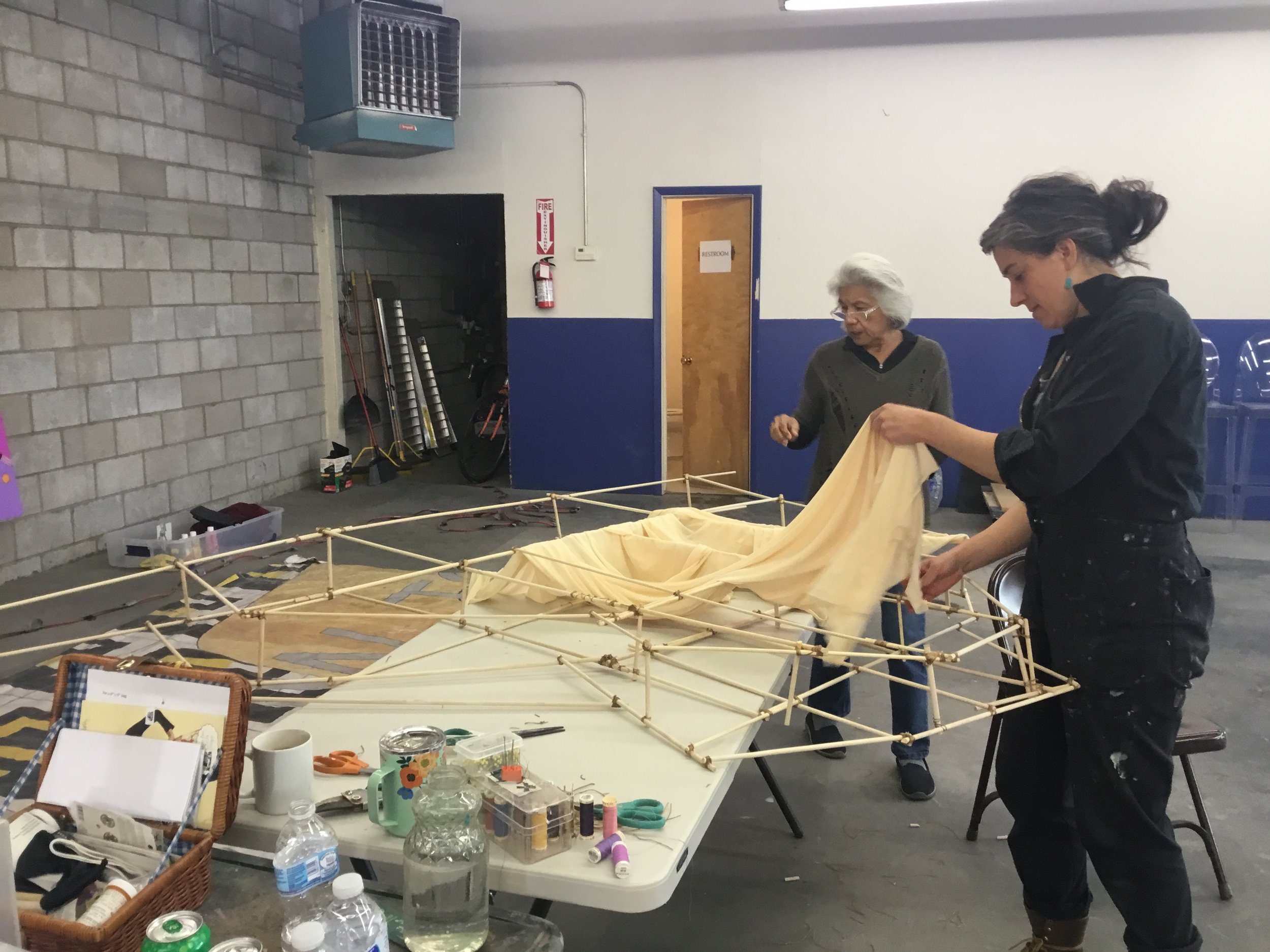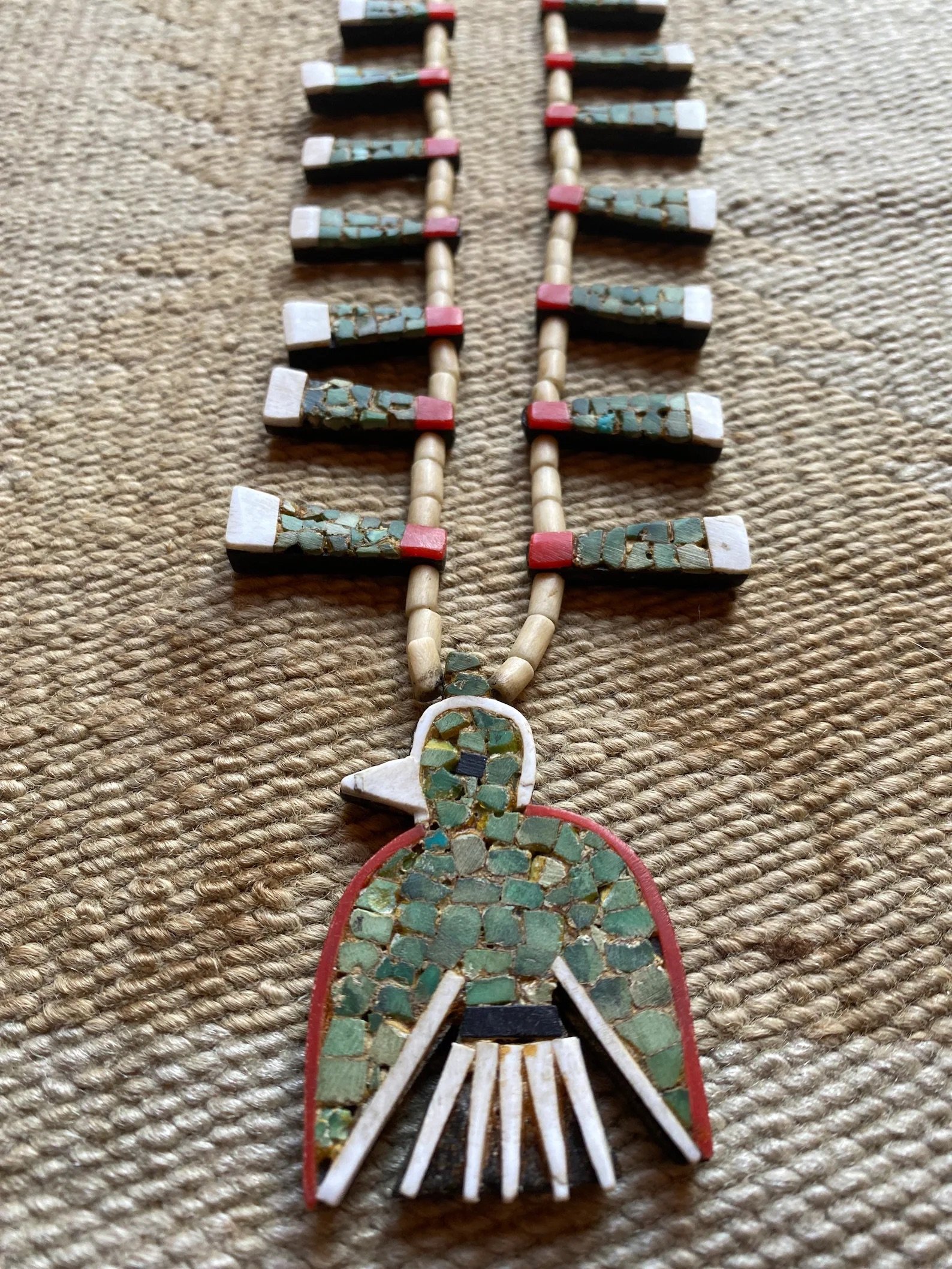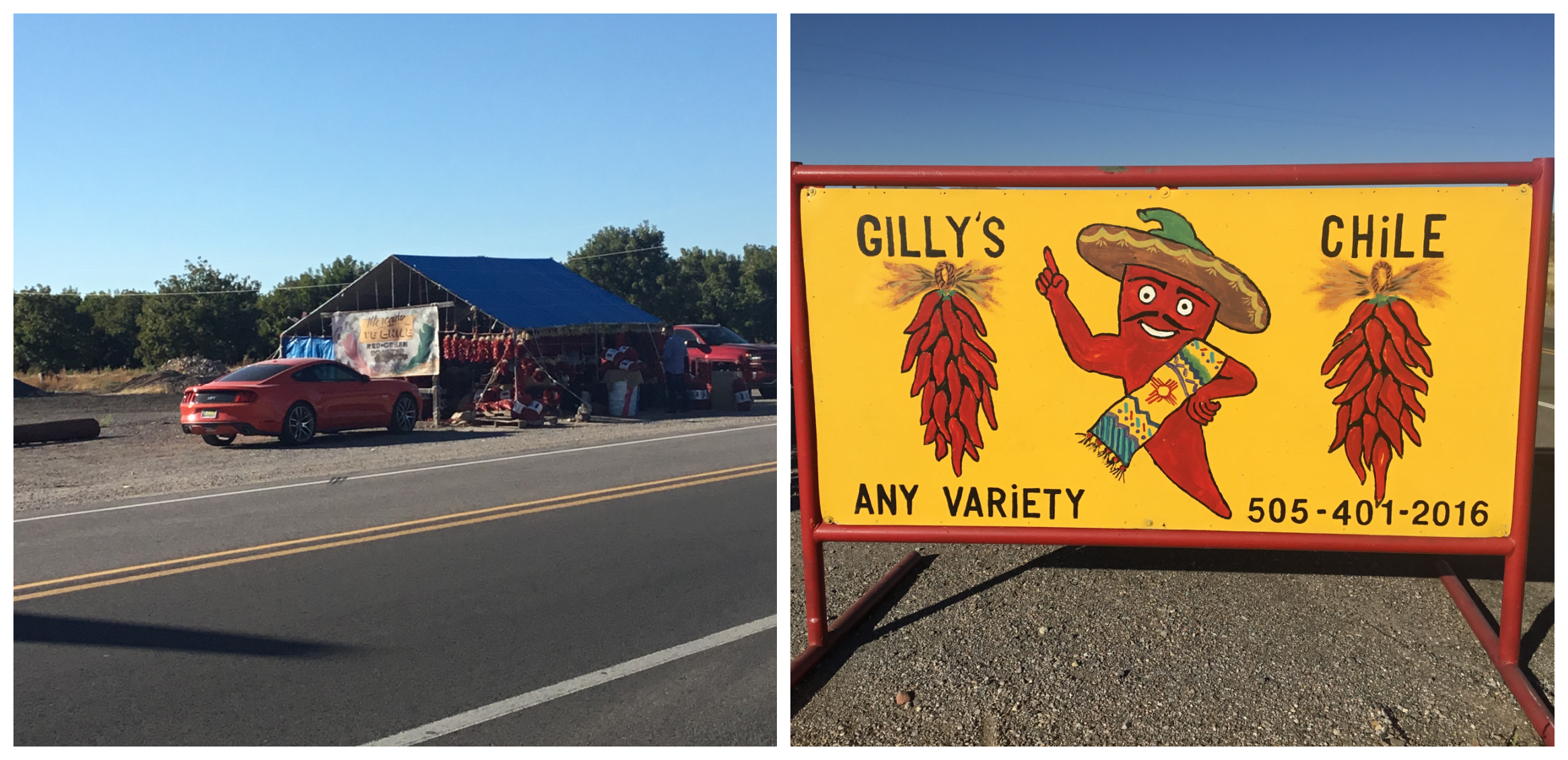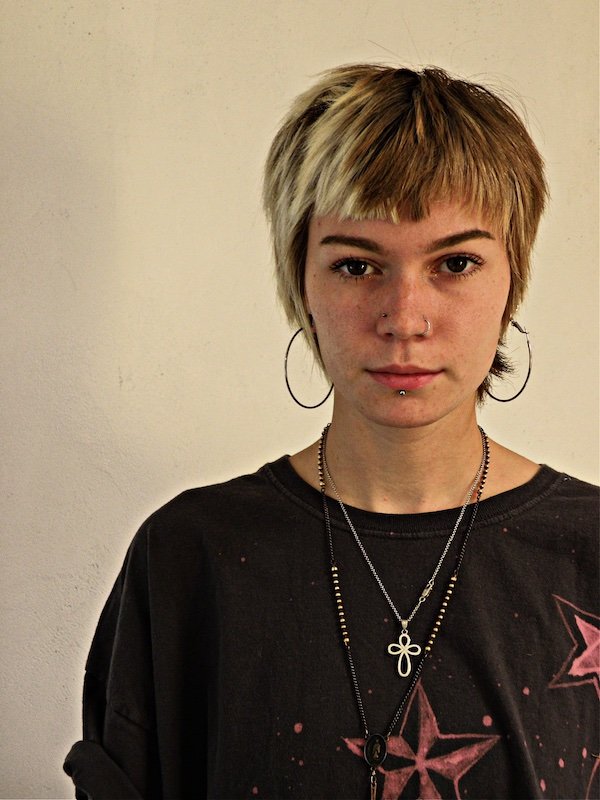GATHER 2022
Gather is a community based art project inviting participants to spend 5 weeks of studio time making art while sharing cultural and life knowledge.
What We Throw Away
The sculpture is being constructed out of plastic Walmart bags, discarded wire and repurposed burlap Chile bags found on the reservation. The piece stands 77” tall and 104” long by 22”wide. The piece has taken over 2 years with over a hundred hours of sewing and construction.
Mapping Vision on Paper
Concept art of Gather sculpture, using recycled materials.
Gather focuses on a community art exchange with participants who will spend 5 weeks in my studio helping me make a large sculpture out of discarded materials. In turn, I will help each participant create their own art project using recycled materials as part of the creative process. Gather is an ever evolving art project with an emphasis on empowering new generations. Pueblo elders will be invited into the studio to help with our projects or just to sit and visit. The studio will encourage a safe gathering space where cultural and life knowledge can be shared.
Reimagining Trash
Participants of Gather will be working closely with recycled materials to construct the sculpture. An intimate relationship with the discarded items will be used to further the dialogue of how waste is managed on reservations and how this waste can be repurposed.
Positive Environmental Solutions
Gather will entail research on recycling in Native communities, the environmental impact of waste on tribal lands and possible methods of offering positive environmental solutions.
Ko’o in the Tewa language means aunt. Anyone woman in the Pueblo community older than yourself is considered a Ko’o. A Ko’o is an extension of your mother. A Ko’o watches out for you, she is often your moral compass and does not hesitate to set you straight.
To be a Ko’o is an honor and a respected position in the Pueblo world.
KO’O DOLLY
The Pueblo textile traditions is over 1000 years old and is an important element of Pueblo ceremonies. Symbols and designs embroidered into ceremonial clothing tell stories that reflect core beliefs of Pueblo culture.
Ko’o Dolly’s made this Pueblo shirt out of Monk’s cloth and yarn - note the thick stitch on shirt borders. When Ko’o Dolly completed this shirt she gifted it to her nephew.
Ko’o Dolly
Ko’o Dolly is an elder from Kha’p’o Owenge who is a retired teacher and Indian Education administrator. After retiring, Ko’o Dolly began working with Pueblo elder, Ko’o Louisa Romero. Both women are highly skilled in the construction and embroidery of Pueblo ceremonial Montas, shirts and kilts. To create ceremonial clothing is an act of devotion and disciplined focus which both Ko’os have in abundance.
Sewing burlap sacks:
Part of Gather’s intention is the making of a large sculptures out of discarded materials including used chili burlap sacks. (Down the road this environmental/culturally inspired sculpture will be further explained.)
Burlap has a loose weave making cutting and sewing tricky. Ko’o Doll generously shared her sewing skills using the same stitching method she used on the Pueblo shirt. The particular stitch Ko’o Doll used on the sculpture is closely sewn making the stitches united and strong. With Ko’o Dolly’s help I have been able to create a cultural and environmental statement with discarded materials.
KO’O Tessie
Ko’o Tessie
is a Kha’p’o elder who lives in the center of Kha’p’o Owenge. Generations of Kha’p’o children know her as their Ko’o, few know that Ko’o Tessie has a Phd and does cultural consulting for institutions across the country. During Covid, Ko’o Tessie began offering Tewa language classes over Zoom and continue to this day.
Problem Solving
Ko’o Tessie helping her niece Eliza prep art packets for her art class at the Kha’p’o Community School during the Pandemic.
Together
My daughter, Eliza needed extra hands on her own art project so Ko’o Dolly and Koo’o Tessie Naranjo volunteered. They know what it means to be a Pueblo person.
Gather Participant
Elysia Escabedo and I also offered our help to Eliza, and just like that, a cultural, Inter - generational Community - Art Poses was born.
* Kha’p’o Owenge - Singing Water village or Village of Wild Roses- Also known as, Santa Clara Pueblo.
* Monta- A female dress worn during ceremonial dances.
* Kilt- A male wrap worn around the waist during ceremonial dances.
Pueblo people have a strong sense of survival.
During the Great Depression of the 20 and 30s money, and consequently materials and food were hard to come by, especially in the Pueblos. During hard times, Pueblo people ingeniously created a unique Pueblo art form - jewelry made from discarded materials - RPM vinyl records, battery casings and plastic combs. And with that, the Pueblo Jewelry Depression-era was born, producing an imaginative and resourceful art form.
It’s that powerful sense of survival and ingenuity that inspired the burlap bag sculptures.
During Covid most of my interactions were done through Zoom with paper and pencil always at hand. The concept of burlap sculptures started as just a circle and then a sketch of a form. While doodling, I remembered a ceremony at Hopi where Kosa- Pueblo ceremonial clowns. By the end of the zoom call, my idea was born - a large sculpture made from repurposed burlap sacks used to transport green chili.
Working with new material is a study in patience.
The Burlap bags are cleaned, and in some cases dyed. The bag seams are cut and ironed flat with the designs element spray painted on after processing.
Learning how to repurpose discarded materials takes time and that time offers the opportunity to learn about the materials, develop my creative concept, and like my ancestors, make art with what’s really available in my environment.
My tools are straight forward.
Thread and needles help me stitch a story together. A story that celebrates the richness of culture that is still pertinent today.
Black backing made out of Felt and Trampoline guard netting. Plastic bags are also used to cover armature on sculpture. Exposed armature is made of discarded fencing wire.
Details of the Headdress
The Headdress represents the conduit to new creative possibilities.
Micaceous clay. Rope fiber. A red balloon Remnant. Burlap.
Using found objects for art that speaks to environment and cultural issues has turned into a journey of awareness for me as an artist and human being.
Dafne Rodriguez
DAFNE RODRIGUEZ
Dafne comes from a large extend family, as she stated in her application for Gather, ‘Family is everything to me.’ Dafne’s residency was guided by her own words. Dafne’s artistic exploration while participating in Gather was supported by community and family.
Gather’s second participant was Dafne Rodriquez. Dafne’s family comes from Chihuahua, Mexico. A bi-lingual - honor student, Dafne who is 15 years old has dreams of becoming a veterinarian.
Dafne comes from a large extend family, as she stated in her application for Gather, ‘Family is everything to me.’ Dafne’s residency was guided by her own words. Dafne’s artistic exploration while participating in Gather was supported by community and family.
And in turn, Dafne’s participation inspired a more youth oriented session.
The COE Foundation
in Santa Fe, New Mexico and Jamison Chase-Banks, an Institute of American Indian Art printing instructor, collaborated with Gather for a printing workshop.
Working with youth.
So on a hot summer morning, the COE foundation’s art facility was filled with youthful energy. The blend of skilled artist working and sharing in a large space modeled a dynamic environment, it was inspiring.
Thanks to Jamison’s printing instruction and the workshop organizer, Eliza Naranjo Morse, we all went home with printed t-shirts.
Rich cultural and creative exchange is an important thread to the fabric of Gather. And, in each session new energy is added by young and old alike. Community.
Make it stand out
Dafne’s project may have been a broad over view of culture however, in the end, Dafne focused on clay. We collected our materials like clay and wood, gathering enough for the other participants to follow. It was also a good way to introduce Dafne to her neighbors and the land she’s lives on. Dafne had never made pottery before but she proved her self a quick study, making an impressive vessel and a elephant sculpture.
Working on the Gather Sculpture.
Isabella “Lucca” Chanault has been working as a studio assistant for more than a year now. (Lucca will be highlighted in a following post.) During Dafne’s sessions we worked on the burlap sculptures which included sewing both by hand and on a machine. Lucca gave Dafne a few tips on the sewing machine - it was exciting that Gather offered a sharing - knowledge space for each one of the participants.
BENAY McNAMARA
BENAY McNAMARA
Red Cloud Woman- MISKWAANAKWADOOKWE
Benay came to Gather all the way from Minnesota. She is Ojibiwe from the Great Lakes. Benay is a senior at the University of Minnesota studying the Ojibwe language and ceramics.
Coming into Gather Benay wanted to focus on traditional pueblo pottery techniques - mining, processing gathered materials and spending time making art in a working studio. We collected shu- neh* from the barrancas of Northern New Mexico and mixed it into a combination of Santa Clara and Micaceous clays.
(Tewa for a white volcanic ash used as grout to make clay more malleable.)
Over the summer Benay spent almost everyday in the studio, the days we didn’t work in the studio Benay met and worked along side other artists working on their own projects. We helped with the Giving Growth installation at the COE Foundation in Santa Fe. We visited the ground breaking School of Advanced Research and Vilcek Foundation’s pueblo pottery exhibit, Grounded in Clay at The Indian Cultural Center also located in Santa Fe.
One last adventures out of the studio was to visit the Milicent Roger’s museum in Taos, N.M. where we spent time with their pottery collection. Outside the museum, under the magnificent Taos mountain was a field of brilliant sunflowers inviting us in as we celebrated the end of Benay’s summer in New Mexico. We celebrated that day with Margarita Paz Pedro, Gather’s last participant who will be featured in the next website post. All in all it was a memorable day.
Gather continues to expand the meaning of community. From Dafne Rodriguez who comes from Mexico with indigenous roots to Benay McNamara all the way from Ojibwe country. Gather reflects a new generation of young women, making art with elders and sharing our stories.
Benay returned to Minnesota to complete her senior year of college. Sometimes I picture her in the ceramic studio at the university hand building a new sculpture using clay that reminds her of the summer she met her pueblo relatives.
Isabella Lucca Chenault
“Lucca”
In keeping with Gather’s ever expanding sense of community, this post introduces Isabella Lucca Chenault. Lucca is 20 years old with Texas and Iowa roots. .I met Lucca four years back and she’s been working in the studio with me for a couple of years now.
Lucca’s interests include tattooing, drawing and fashion. Instrumental in the sewing element of the burlap sculptures, Lucca has become an important part of Gather - processing the burlap sacks into reusable material, working on patterns for her own project and working closely with previous participants sewing machine
We have both learned a great deal about constructing artistic forms out of discarded cloth and wire, relying on practical, cultural skills shared by a Kha’p’o elder - Ko’oo Dollie. Everyone who comes into the studio for Gather offers their experiences and skill, and we are drinking it in because we’ve learned this kind of stimulus encourages our own creativity.
Whatever it is, the way you tell your story online can make all the difference.
Which is why Lucca was inspired to create a denim jacket with repurposed jeans and empty, discarded bullet shells.
Lucca’s finished jacket will be posted in a later Gather post. Working with someone can be a rich, human experience. Getting to know someone’s background no matter where they come from is another aspect of Gather that encourages an inclusive inter-community exchange.
Margarita Paz-Pedro
Margarita Paz-Pedro
Gather’s final participant is Margarita Paz Pedro. Margarita is a ceramic instructor at the Institute of American Indian Arts in Santa Fe, New Mexico where she is also getting her Master’s degree.
Margarita is Laguna, Mexican and Kha’p’o Owenge (Santa Clara Pueblo). Getting to know her Kha’p’o roots have compelled Margarita to make family and tribal connections through clay work, and Gather was honored to offer support in Margarita’s cultural and creative journey.
Instead of my description of Margarita’s participation in Gather, I encourage you to read her journal that focuses on her time working with clay and elders from Kha’p’o Owenge.
The goal of Gather was to gather cultural knowledge and local resources to create art and a strong sense of community. Margarita is a perfect example of that goal achieved. Ms. Paz Pedro and I plan are excited to announce a new project for 2023. We will be exploring ceramic/porcelain photo transfer techniques to clays mined in Northern New Mexico. I look forward to working and learning from Margarita as we continue gathering knowledge together.
PARTICIPATING ARTIST
I go by Elysia Escobedo, born on July 6, 2003. I grew up in Santa Clara Pueblo, but I also have family from Cochiti and Hopi Pueblos. Although I've moved around a bit in the SouthWest, the majority of my life I have lived in Santa Clara Pueblo with my family here in Northern New Mexico.
Gather’s second participant was Dafne Rodriquez. Dafne’s family comes from Chihuahua, Mexico. A bi-lingual - honor student, Dafne who is 15 years old has dreams of becoming a veterinarian.
Benay came to Gather all the way from Minnesota.
She is Ojibiwe from the Great Lakes. Benay is a senior at the University of Minnesota studying the Ojibwe language and ceramics.
I am a visual artist and designer from the Southwest, with a focus on painting, illustration, and clothing design. The goal of this project is to inspire the use of repurposed clothing and recycled elements from the surrounding environment. I desire to empower people to be confident and creative, to express their beautiful individuality in every way possible while practicing kindness and active preservation of the planet.
Margarita is a ceramic instructor at the Institute of American Indian Arts in Santa Fe, New Mexico where she is also getting her Master’s degree.
Margarita is Laguna, Mexican and Kha’p’o Owenge (Santa Clara Pueblo). Getting to know her Kha’p’o roots have compelled Margarita to make family and tribal connections through clay work, and Gather was honored to offer support in Margarita’s cultural and creative journey.
GATHER has been generously funded by NDN Collective.
Part of the NDN Collective statement reads - “…Building indigenous power…”. One of the goals of Gather is to help build “indigenous power" at the grass root level - using art.
Visit www.ndncollective.org for more information.























































